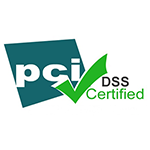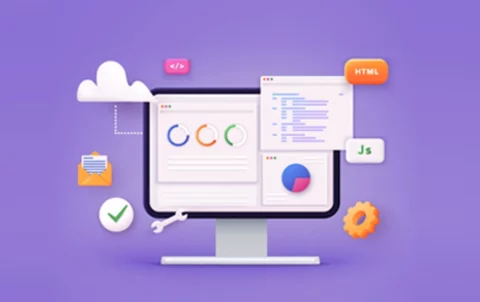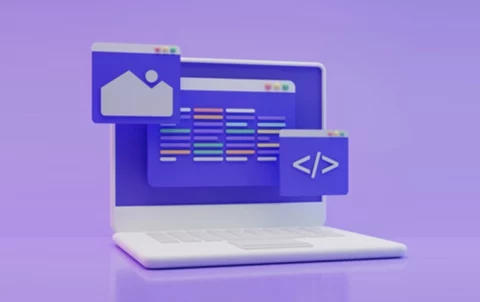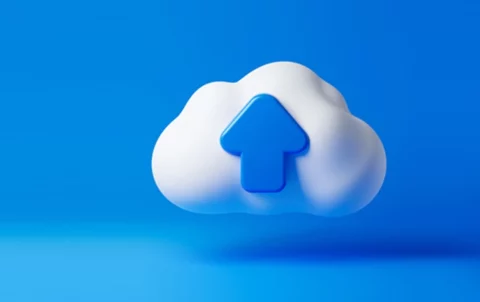© 2025 Next Level Business Services Inc. All Rights Reserved.
Business models that never existed before but will dominate the future
By Arvind Benegal
It is not the technology itself that creates masters in the digital economy but the business models that are being built using this technology as the backbone. Most innovations at first appear promising, but only a few live long enough to dominate an industry. Netflix, Uber, and Airbnb are thriving examples of technology-based business models that have gone far beyond the initial hype, have become highly sustainable, and have sprung an ecosystem of highly competitive and similar disruptive organizations!
The startup arena is filled with examples of sustainable excellence, and over the decade, some models have proved to be so successful that they have challenged the status quo and everything we know about how business is conducted.
This has encouraged greater openness to adoption in large corporate and global giants. While the startup system grows by creating niches through these models, larger companies are now embedding them within their business models. The future no longer sees these models as a niche but will have much more pervasive adoption in the business ecosystem.
The New Wave of Business Models
Platform-based model – the startup success story
If you aspire to be an entrepreneur but don’t know where to begin, do not fret. It is not about ideas after all, rather about understanding and researching current organizations that have not innovated their products or services, and happen to have a large customer or installed base. If you visualize what Netflix, Amazon, Uber, and Airbnb did, you can see that they did not create anything new in terms of products. They are clearly game-changers in an industry that was not being innovative, and was ripe for disruption. In other words, they headed for a strategy known as Blue Ocean, conceived and advocated by Management thought-leaders.
The Blue Ocean Strategy is an approach that challenges everything one thought one knew about the recipe for entrepreneurial success! Summarizing, the best way to beat the competition is to make the competition irrelevant. Imagine that the marketplace is comprised of red and blue oceans. To discover an elusive blue ocean, they recommend that businesses consider what they term as the “Four Actions Framework” to reconstruct buyer-value elements in crafting an innovation wave. The framework poses four key questions:
- Raise: What factors should be raised well above the industry standard?
- Reduce: What aspects were as a result of competing against other industries, and can be reduced?
- Eliminate: What parameters should be eliminated, which the industry has long competed on?
- Create: What value should be created that the industry has never offered?
Let us examine what these once-outliers and now market-leaders did, with the Blue Ocean Strategy in mind. Amazon did not build brick and mortar bookstores, rather an enterprise infrastructure, to have access to a million book titles and competed well with Borders and Barnes & Noble. Netflix did not use stores in its business model to compete with Blockbuster; instead they focused on customer service. Uber did not even attempt to buy cars or compete with independent taxi companies; they created a mobile app. AirBnb does not own homes or hotels, instead they redefined the travel experience by uniting existing property owners onto a common easy-to-use platform.
Existing marketplaces with a large number of competitors live in crowded, shark-infested red oceans. They are characterized by multiple organizations offering similar products competing mostly on price. Home Depot versus Lowes, LG versus Samsung and so on. Meanwhile, blue oceans are characterized by unaddressed market space, demand creation, and the opportunity for highly profitable growth!
As a potential entrepreneur, one needs to examine large industries or product lines to see if customers are happy with their current choices. Wherever one finds customers are not ecstatic, one needs to dig deeper. Whether it is Dollar Shave Club with razors or MailChimp with email marketing automation, these examples do not showcase a completely new and previously unheard of product. But all of them either innovated the existing product in the marketplace, or they offered a simple innovation or twist to the business model. In almost every case, the customer is happier with the new company or product.
If one wants to get a boost on surfacing an opportunity, one needs to pay attention to something new that no one is observing. Examine people behavior; walk within department stores to examine products that don’t make the customer ecstatic. Then research how large that industry category is. If it is in the billions, keep going. Run a few of your best “opportunities” through the Blue Ocean Strategy framework of “raise, reduce, eliminate and create.”
Freemium model
Freemium is the 21st-century answer to show and tell. Companies develop mobile applications and Software As A Service (SaaS) tools but don’t make all the features freely available to users. Instead, some of the more advanced features are offered at an extra charge or ‘subscription’ cost. The thinking here is that the most effective way of giving customers a product demonstration and thereby cementing their loyalty is by actually allowing them to use their product. This drives significant user traffic initially and can be gradually converted into hot leads for the purchase of paid features.
The key to success with this model is carefully picking which features to offer as free, and which to keep gated. You don’t want the user’s experience to be hampered or cause a hindrance; you want them to see the value in your product. But at the same time, you need to give them a glimpse of what they’re missing, so that they’re tempted to go to the next level.
Many popular apps are using this business model, such as Dropbox and Spotify. For instance, Dropbox gave away 2 GB of free storage to 500 million users and then offered them an upgrade. In 2017, the company was able to convert 11 million users into paid customers, generating a revenue of $1B. Spotify, a digital music service that offers users the option of making a ‘Spotify Premium’ account to get access to certain features, has earned $1.67 billion so far from sales in 2019.
MOOC (Massive Open Online Courses)
MOOC was built on the idea of taking learning to the global level by connecting Universities to students via a technology platform. While learning is free for most courses delivered through these platforms, those who look for specialization or need certification are charged. Coursera has 3,100 free courses, but its signature tracks and specializations are offered for $30-$100 with monthly subscription charges of $39 to $89, and Coursera for Business courses offered to corporate employees at $400 annually per employee.
Udemy, Coursera, EdX, Udacity, and Udemy – the Masters of MOOC learning – had together collected revenues of $100 million in 2017 by offering over 6850 courses from over 700 universities through their online platforms. <needs to be updated>. Udemy has 30 million subscribers, Coursera has 23 million, edX 10 million, and Udacity 4 million. And the subscriber base is only growing, making way for more business!
Mass customization – the new game of corporate giants
Traditional business models pedaled products that were either standardized for the masses or customized for a select few. But with new technologies offering flexibilities in production, what we’re witnessing now is democratization and customization for the masses. It’s all about giving customers control by allowing them to ‘choose how they use’ one’s product or service. Customization is done either in product features, in its presentation or both, while the approach could be collaborative, transparent, adaptive or cosmetic. Volkswagen/Volvo have done at-scale customized car manufacturing.
Mass customization is the only way businesses can future-proof their success. Enterprises can use technologies like analytics, IoT, Big Data, and CRM to understand their customers and tailor their products and services to provide customers a truly personalized experience. Some Decentralized models have begun to take shape as well, with the advent of Blockchain technologies.
The spine, anchoring these innovative business models, is the transformational technology that offers solutions for new-age business problems – technologies that entrepreneurs can utilize to design new products and services. The success of a business, however, relies on the capability of an organization to understand its customers and create a model that is sustainable in the long term.
Business model changes are bound to happen, but the level of disruption is driven primarily by the role of the customer as the fulcrum. Innovation and improvement can occur anywhere within an organization, and one cannot look at one’s enterprise in black & white, of being either efficient or flexible. Functions need to be identified for both efficiency and adaptability, and more importantly, the realization that how one’s customers engage with you today may not be how they will engage tomorrow.
Arvind Benegal
VP, Digital & Security PracticeTalent Solutions








